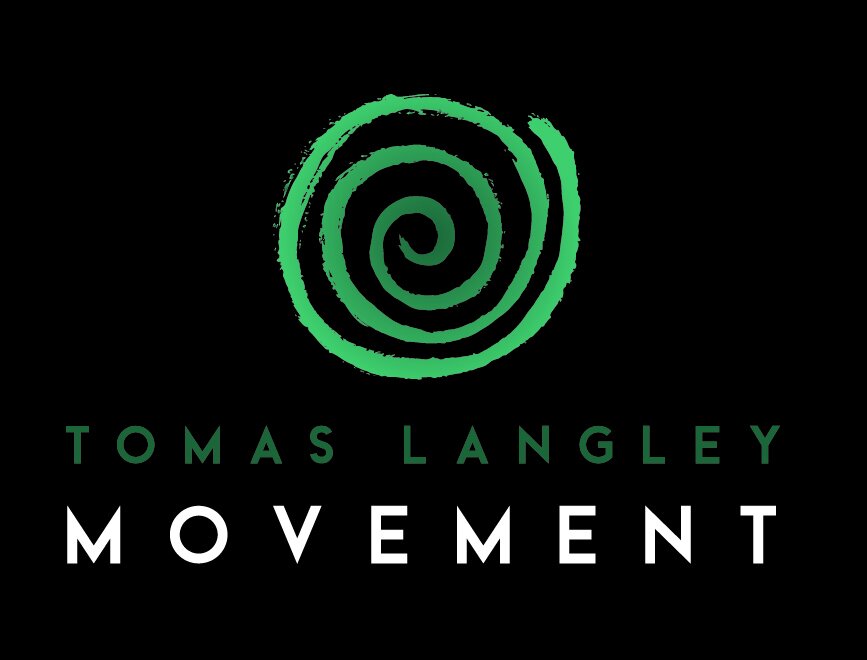This month, I’m exploring the relationship between movement and rest. On the last Sunday of every month I meet with other Canberra movement practitioners to discuss our practice and move together. As a community, Sunday tends to be the day we all take a rest from our training.
But there’s a difference between resting by reading a book and resting by moving. We spent two hours learning mobility drills, playing, and dancing together. We weren’t training, but we still moved.
Intense Rest and Play
As it turns out, I’m de-loading my training this week too. As with rest days, in de-load weeks I still move. I move in a way that is less stressful, so it’s less tiring.
I do less volume with the same or increased intensity in what I do. Doing it this way helps you to figure out feels like to do more work without getting tired since you’re doing much less work overall. You can also de-load by decreasing the intensity but keeping the volume the same, but it’s not as fun. When you can work with more intensity, the possibilities open up. Maybe you can experiment with a heavier weight in your squat, or see what it feels like to do more pull-ups in a row. De-load sessions can be a lot of fun as you break through plateaus and see what you’re capable of.
As my movement practice deepens, my understanding of ‘rest’ is changing. I used to think rest was only when you stopped altogether. But rest is so much more than that.
Rest is an opportunity for you to take a break from the work, do less, be a little less serious, and play.






